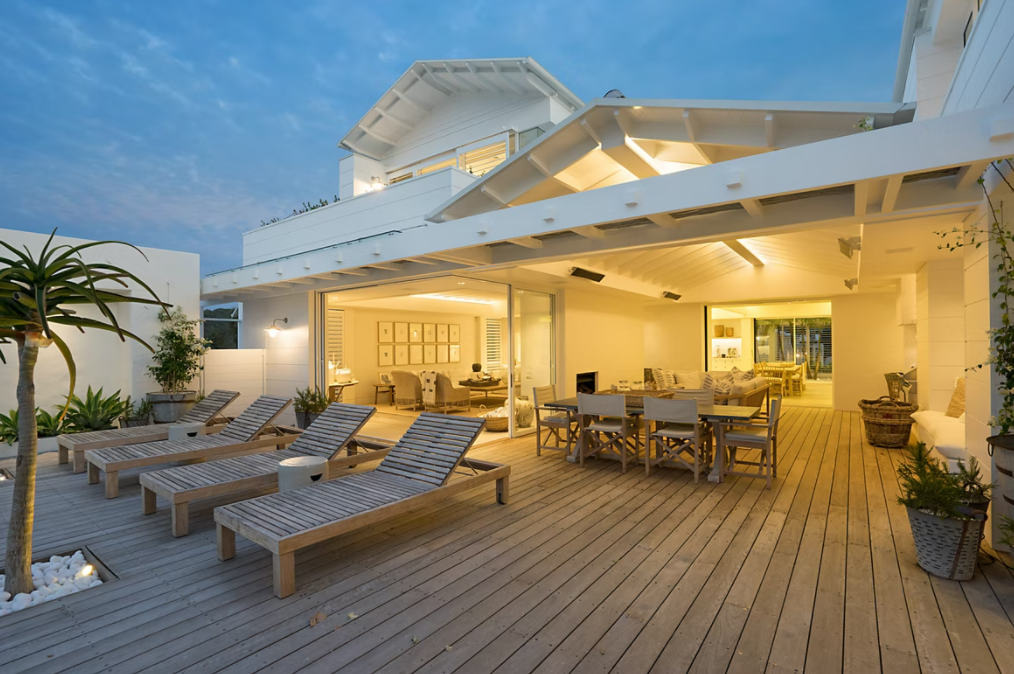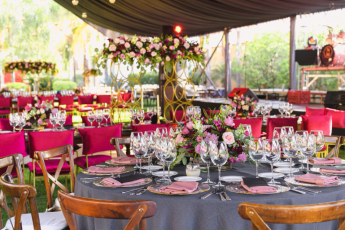How 3D Rendering Agency Services Transform Your Vision
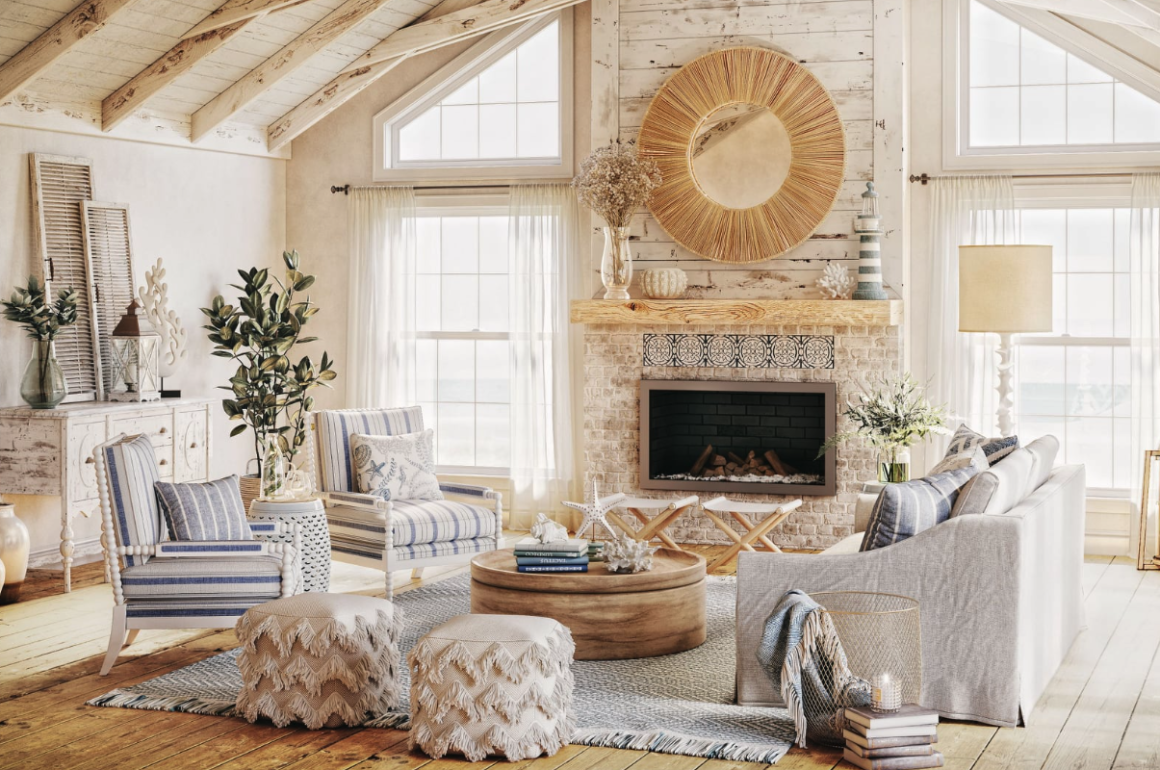
Make your architectural vision come to life with a professional 3D rendering!
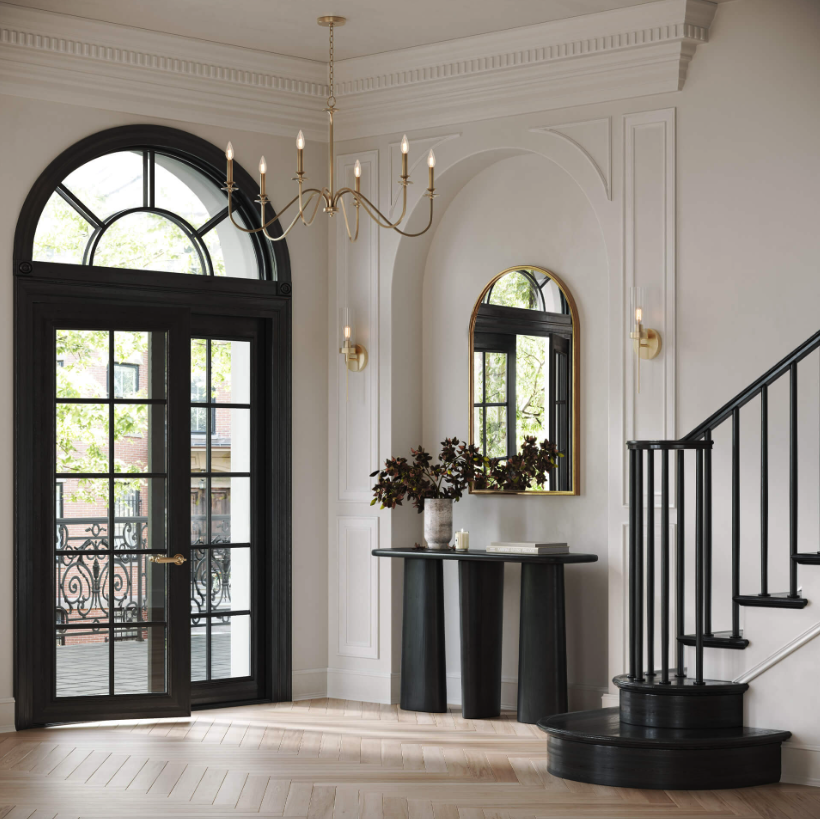
Picture yourself presenting a building that doesn’t exist yet – every window reflecting the morning sun, every brick casting its shadow perfectly. That’s the magic professional visualization studios bring to the table. Whether you’re an architect pitching to skeptical investors or a product designer launching the next must-have gadget, photorealistic CGI has become the secret weapon that turns “maybe” into “yes.”
What Makes a Visualization Studio Stand Out
Not all rendering services are created equal. Honestly speaking, I’ve seen projects crash and burn because someone chose a provider based solely on price. The difference between amateur work and professional CGI often comes down to understanding light, materials, and that elusive quality called atmosphere.
A professional 3d rendering agency doesn’t just push polygons around – they become visual storytellers. According to a 2024 ArchDaily survey, 78% of architects reported that high-quality visualization increased their project approval rates by at least 30%. That’s not coincidence. Quality matters.
“The best rendering isn’t about technical perfection – it’s about making people feel something when they see it. That emotional connection closes deals.”
Here’s what separates the exceptional studios from the rest:
- Portfolio diversity showing everything from intimate residential spaces to sprawling commercial complexes, proving they can handle various scales and styles
- Technical expertise in multiple software platforms like V-Ray, Corona, and Unreal Engine, ensuring they pick the right tool for your specific needs
- Communication protocols that keep you in the loop – nobody wants to wait three weeks only to discover the team misunderstood your vision
- Revision policies clearly stated upfront, because changes happen and you need to know what flexibility you’re getting
- Realistic timelines that account for complexity – if someone promises photorealistic architectural visualization in 48 hours, run the other way
These factors compound quickly. A studio checking all these boxes typically delivers results that actually serve your business goals rather than just looking pretty in isolation.
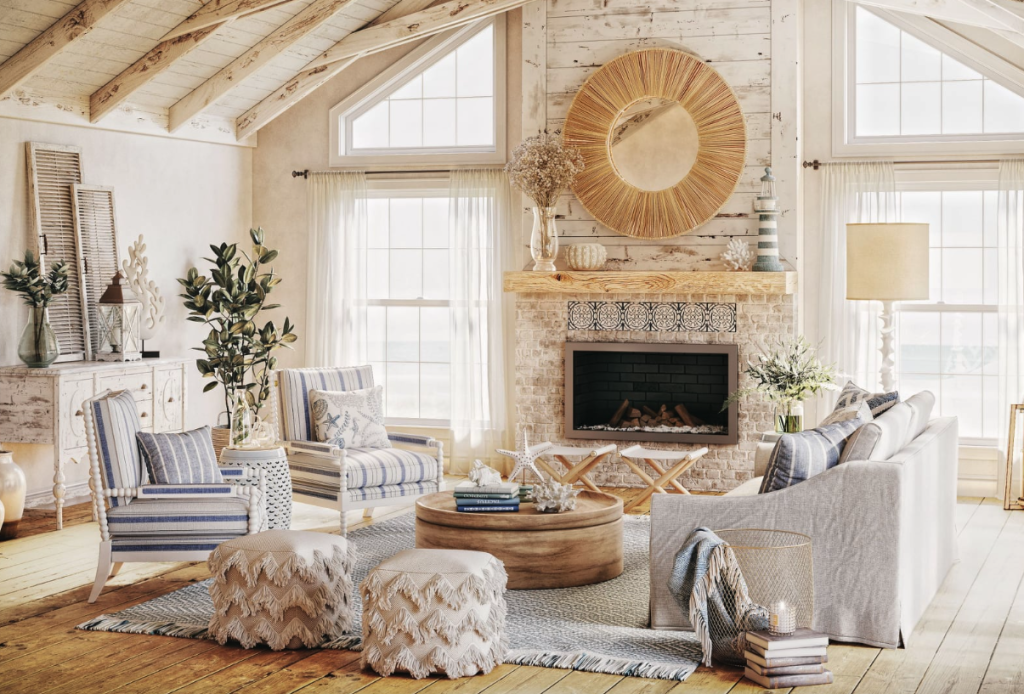
Understanding the Visualization Process Behind the Scenes
Ever wonder how a sketch transforms into something indistinguishable from a photograph? The workflow involves more coordination than you’d think. First comes the modeling phase – artists build every element in 3D space, from structural components down to decorative details.
Materials come next. Not just colors. We’re talking about how marble catches light differently than concrete, how fabric drapes, how metal reflects its environment. By the way, this stage often takes 40% of the total project time because getting materials right makes or breaks realism.
Then there’s lighting setup. Natural light simulation alone can require calculating sun angles for specific dates and locations. I once worked with a team that spent two days perfecting golden hour lighting for a beach resort rendering – because the client’s entire marketing campaign hinged on that warm, inviting glow. Worth every hour.
“In 2025, real-time rendering engines have cut production time by 60% for iterative projects, but the human eye behind the camera angle still determines whether the image sells.”
Rendering itself – the actual computational process – can take anywhere from hours to days depending on resolution and complexity. A McKinsey report from early 2024 noted that rendering farms now process over 50 million frames monthly for commercial projects worldwide. The scale is staggering.
Post-production wraps everything up. Color grading, atmospheric effects, minor imperfections that add authenticity. Perfection looks fake. Strategic imperfection? That’s what your brain reads as real.
Choosing Visualization Partners for Different Project Types
Architectural visualization differs fundamentally from product rendering. Buildings need context – surrounding environment, pedestrian activity, seasonal elements. Products need precision – every surface detail, functionality hints, lifestyle integration.
For architectural projects, look for agencies showing strong environmental integration in their portfolio. Can they populate scenes with realistic vegetation? Do their people look like stock photo cutouts or natural inhabitants? According to RIBA’s 2024 technology adoption study, 92% of firms now consider exterior visualization essential for planning applications.
Product rendering services require different strengths entirely. Material accuracy becomes paramount. That brushed aluminum finish needs to behave exactly like aluminum. The plastic housing should show appropriate surface properties. In my experience reviewing product launches, the difference between $50 and $5,000 sales comes down to whether the rendering makes people trust the product quality before touching it.
Interior visualization sits somewhere between. It demands architectural understanding plus product-level detail on furnishings and finishes. The best 3d rendering agency specialists can nail the mood – whether that’s minimalist Scandinavian calm or maximalist eclectic energy – while maintaining technical accuracy.
Animation adds another dimension. Literally. Static images tell one story. Walkthroughs, flyovers, and product demonstrations tell comprehensive narratives. They cost more – typically 3-5x static rendering rates – but conversion rates often justify the investment. Think about it: would you rather show five beautiful stills or one captivating 90-second journey through the space?

Maximizing Value from Your Visualization Investment
Smart clients don’t just commission renders and call it done. They build libraries. Request source files. Negotiate usage rights that allow repurposing across marketing channels. That single architectural visualization can become website hero images, brochure spreads, social media content, and presentation materials.
Budget planning matters more than most realize. Entry-level architectural visualization starts around $500-800 per image for standard residential exteriors. Mid-range commercial projects run $2,000-5,000 per image. Premium work with extensive customization and rapid turnaround? We’re talking $8,000+ per deliverable. Product rendering follows similar tiers but scales with complexity – a simple consumer product might cost $300-600, while technical equipment with intricate details could hit $3,000-7,000.
Timeline expectations need reality checks too. Not everything happens overnight. A typical single-image architectural rendering takes 7-14 business days from briefing to final delivery, assuming two revision rounds. Rush jobs exist but expect 50-100% premiums. For context, a full property marketing package – say, six exterior views, four interiors, and one aerial shot – usually spans 3-4 weeks with a professional studio.
Communication makes or breaks projects. Provide comprehensive references, not vague descriptions. “Modern style” means nothing. “Minimalist aesthetic with warm wood accents, inspired by Japanese architecture, neutral palette with black metal details” – now we’re talking. The clearer your vision, the fewer revisions you’ll need.
Kinda like cooking. Give a chef precise instructions and quality ingredients, you’ll get exactly what you imagined. Hand them a shopping list and say “make something nice” – well, you’re gambling.
Finally, build relationships rather than transactions. Studios that understand your brand, your aesthetic preferences, your typical client base – they deliver better results faster over time. First projects involve learning curves. Fifth projects? Pure efficiency.


